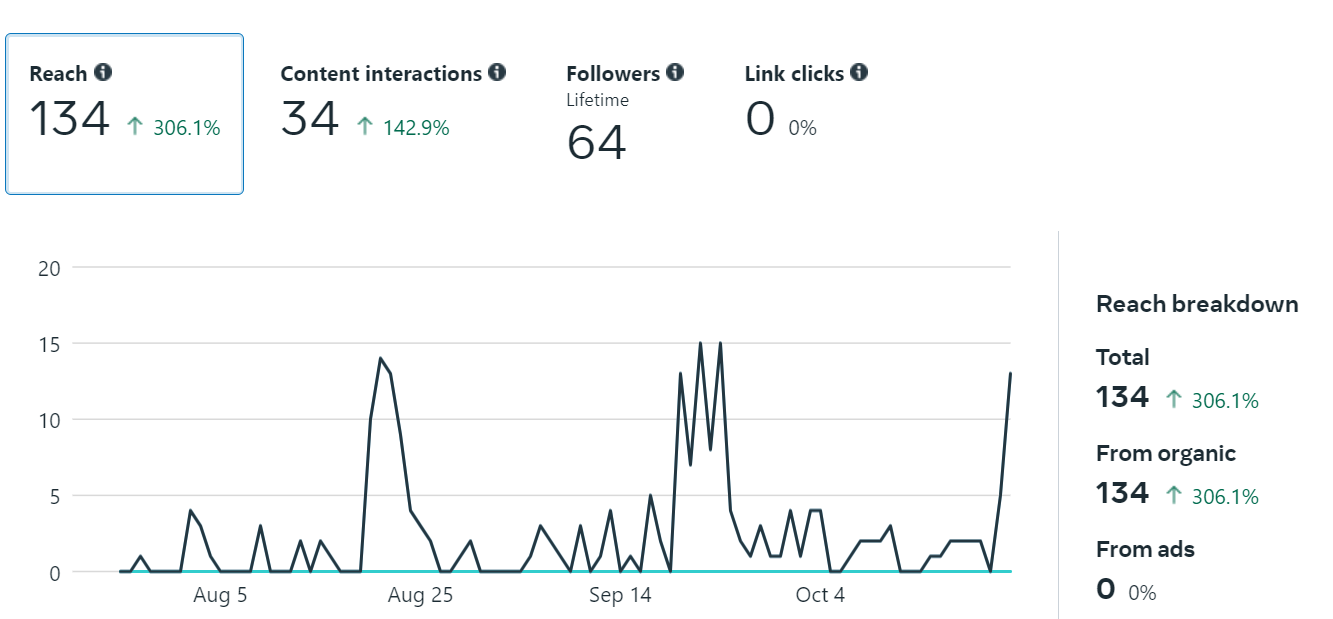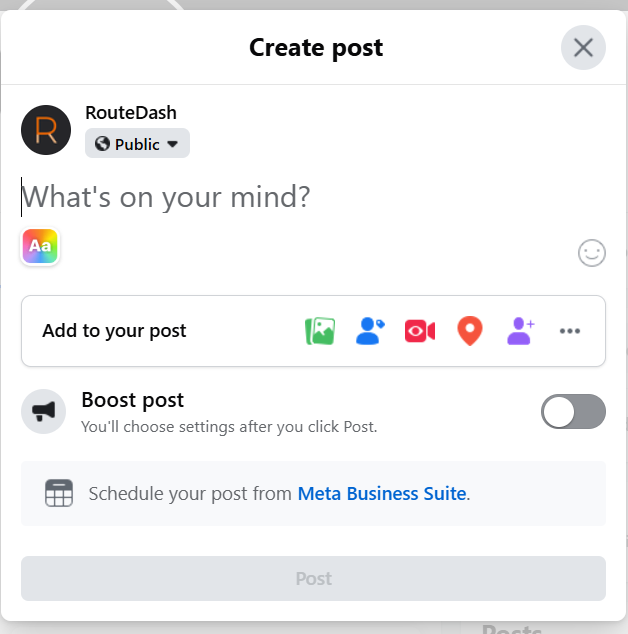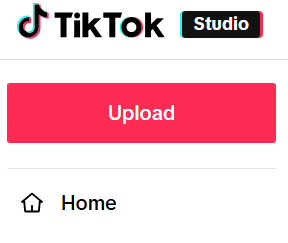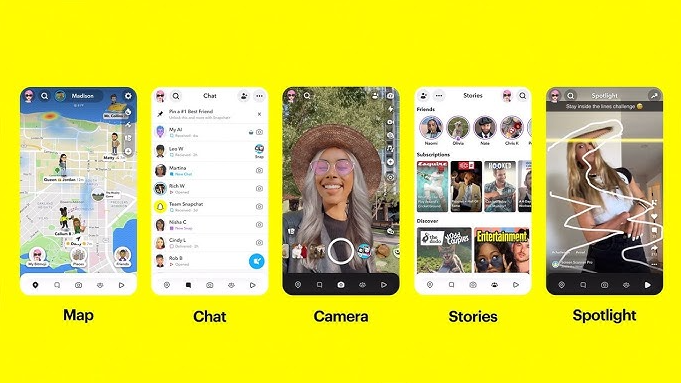How Do I Understand Social Media Analytics
Tips for unleashing a powerful tool.
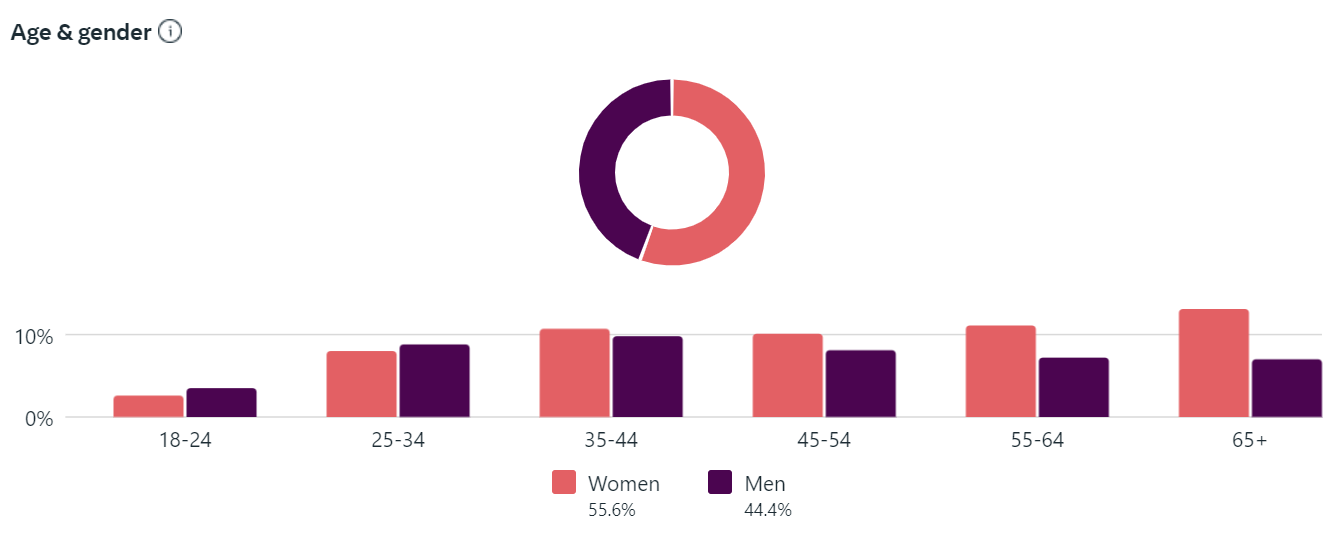
Social media marketing can be an exciting but challenging landscape. Since people post on socials in their free time, it must be easy to simply post, get reactions, followers, and support your business, right? If only it were that easy to understand why some posts do well, while others just fail. Thankfully, social media platforms, like Meta Business Suite, give us a lot of data on our posts and followers that can help figure this out.
Sometimes when I head over to Meta Business Suite to look at how things are going my eyes glaze right over. I see the line and bar graphs, the red and green numbers, it can be overwhelming. Can’t Meta just hold me hand and guide me through it? Well, they can’t, but we will- here are some tips on how to understand social media analytics, gain insights, and apply them to your strategy.
Why are Social Media Analytics Important?
First things first: why do you even need to care about this stuff? Maybe you’ve been posting and forgetting, and that’s worked for you in the past. But has it really worked? Are you seeing the engagement, awareness, and results you’re looking for on social media?
Social media is a great tool that allows you direct and almost immediate access to customer behavior. You can see in near real-time how people interact with your business, if you’re using social media analytics.
Social media analytics tools can help you identify trends, demographics, and optimize your posting schedule. It can also offer valuable insights into your competitors- what their posting and how it performs. So, where are you getting these insights from?
6 Key Social Media Metrics to Watch
1. Reach vs Impressions
Impressions show you how many times your post has been seen. This is good for determining popularity of a post.
Reach shows how many potential unique views your post could have had.
2. Engagement Rate
Tracks how involved your audience is with your content, measuring likes, comments, shares, and reactions. It helps you see how well your campaigns are working.
3. Follower Growth and Rate
Measure the increase in your follower count over time. You can use it and your Growth rate to show you how specific campaigns affect long-term growth.
4. Click-through Rate (CTR)
This compares the number of times someone clicks your content to how many impressions it got. The higher the number the more effective the campaign.
5. Conversion rate
Measures how well your campaign or ad is compelling people to take a desired action like click a link, buy something, or follow your page.
6. Audience sentiments
This is part of social listening and tracks how people feel about your brand compared to competitors. This includes following brand mentions and understanding share of voice or how your brand ranks in the market compared to competitors.
Social Media Analytics Tools
That may seem like a lot to take in. But most social platforms offer analytic data and visualizations, including Meta Business Suite. As you can imagine, these pre-made visuals help you spot trends and not get bogged down with numbers.
If you’d prefer to access all your analytics in one place there are a variety of free and paid analytic tools. These tools connect to your accounts and interpret the data as it comes it. It then spits it out into easy to digest graphs so you can compare and draw insights into performance and where things are lacking.
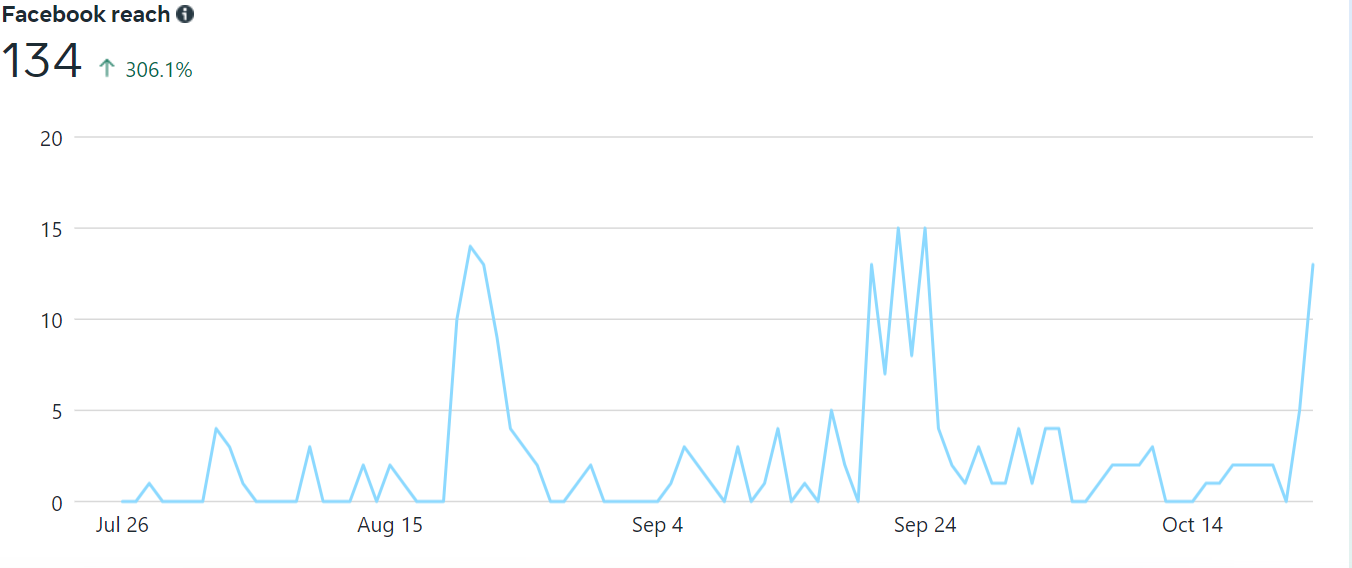
Drawing Insights From Your Data
What exactly are you looking for when you’re figuring this information out?
-Look for trends- Analyze post engagement and compare it to things like posting time, audience reach, and demographics to identify what types of content performs well, when it performs well, and what isn’t connecting with your audience.
-Post performance- You can identify why certain posts perform better than others based on time of day, content type, or messaging.
How to Apply Analytics to Your Strategy
-Optimize Content- Improve your content based on what your audience responded well too. This will likely vary across platforms, but you can refine your content and messaging for each platform based on what performs well.
-Improve When You Post- Create a schedule based on when your audience sees and engages with your posts. While there are generalized suggested times for posting, when your audience is online is what matters most.
-Refine Advertising- Use demographic and other audience info to create better target ads. The more you know about your audience, the better your ads will perform.
Avoid Common Pitfalls:
-Avoid Vanity Metrics- Chasing likes and follower counts are easy to measure but don’t translate to business success. Make sure you’re diving deeper and understanding background info like current events, trends or changes in algorithms.
- Ignoring Negative Feedback or Insights- When posts are less successful, either in terms of performance or if you get complaints from followers, it can be disheartening. Dig deep into the why’s and learn more about your customer’s behavoir.
-Overcomplicating- Keep it simple! Post consistently and find a regular schedule to go over the analytics.
Remember, social media trends change, and they can change quickly. What performs well today might not tomorrow. Social media analytics are a great tool to figure out how to provide better content for your audience, but don’t lose sight of your brand’s core message. Use these insights to connect with your audience and improve your strategy rather than chase trends.
Need help building a strategy around all the numbers? Contact us today for a no obligation consultation!

